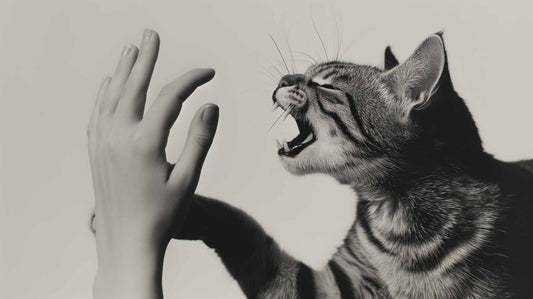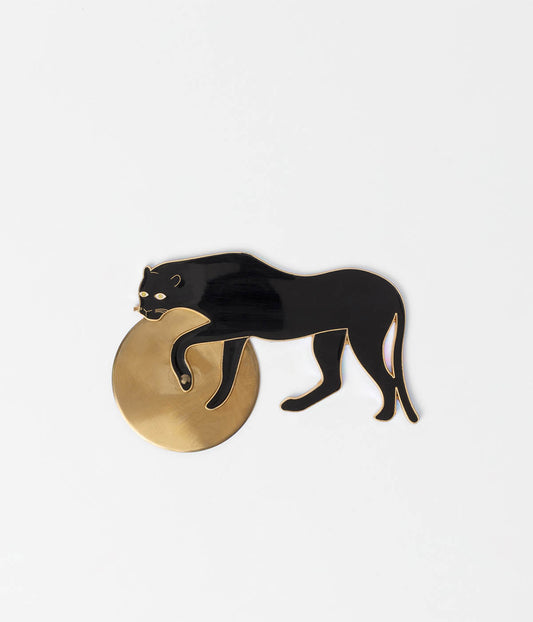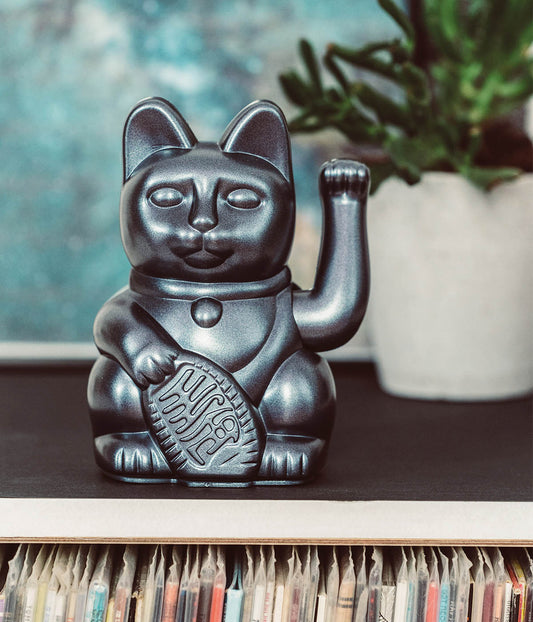
Gain Expert Insight into Your Cat’s Behavior with These Tips
Marie DuchessCats communicate through a variety of signals, and being able to interpret these cues can help you better understand their needs and emotions. In this blog post, we will explore some common cat behaviors and what they might be telling you.
1. Tail Position
A cat's tail can provide valuable insights into their mood. When a cat holds its tail upright, it typically indicates that they are feeling confident and content. On the other hand, a tail held low or tucked between the legs may suggest fear or anxiety. Pay attention to your cat's tail position to gauge their emotional state.
2. Purring
Purring is often associated with a content and relaxed cat. However, cats may also purr when they are in pain or distress. It's important to consider the context and other body language cues when interpreting purring. If your cat is purring while being petted and showing other signs of relaxation, it's likely a positive indication. But if they are purring while hiding or displaying signs of discomfort, it may be a sign that something is wrong.
3. Ears
Cats use their ears to express their emotions. When a cat's ears are forward and slightly tilted, it indicates that they are alert and interested in their surroundings. On the other hand, flattened ears may suggest fear or aggression. If your cat's ears are constantly flattened, it's important to address the underlying cause, such as stress or illness.
4. Eye Contact
Eye contact is another important aspect of cat body language. Direct eye contact from a cat is often seen as a challenge or a sign of aggression. If your cat is staring at you with dilated pupils, it's best to avoid direct eye contact and give them some space. On the other hand, slow blinking is a sign of trust and relaxation. Try slow blinking at your cat to communicate that you mean no harm.
5. Body Posture
A cat's body posture can reveal a lot about their mood. When a cat is crouched low with their body close to the ground, it suggests fear or submission. On the other hand, an arched back and puffed-up fur indicate aggression or defensiveness. Pay attention to your cat's body posture to understand their emotional state and respond accordingly.
6. Vocalizations
Cats use a variety of vocalizations to communicate with their owners. Meowing is a common way for cats to get attention or express their needs. However, excessive meowing may indicate distress or discomfort. Other vocalizations, such as hissing or growling, are signs of fear or aggression. Understanding the context and accompanying body language can help you interpret your cat's vocalizations.
By paying attention to your cat's body language, you can develop a deeper understanding of their needs and emotions. Remember that each cat is unique, and it's important to consider their individual personality and experiences when interpreting their behavior. Building a strong bond with your cat involves effective communication, and understanding their body language is a crucial part of that process.













